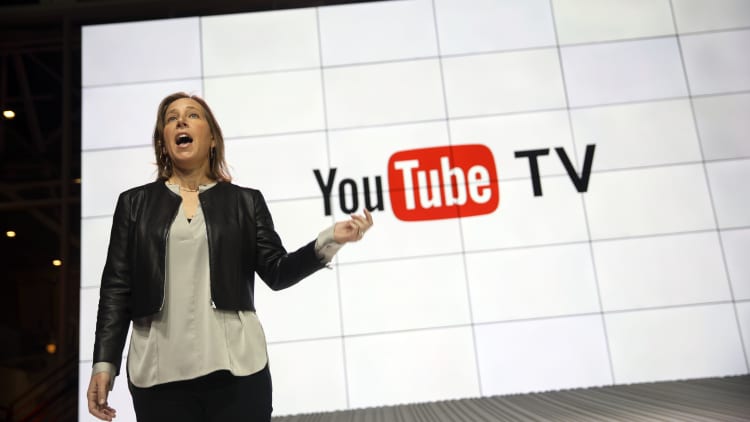YouTube creators expressed outrage and confusion on Thursday as the Google-owned company notified some of them that their channels were going to lose verification status. But contrary to what some are saying, no channels have been unverified yet, and owners who received a warning email can appeal it.
The flap illustrates the growing distrust of the YouTube community, and willingness to assume the worst in light of unclear communication.
YouTube has endured several conflicts with creators this year, with some complaining about harassment and hate speech, and others arguing that the platform's rules about removing advertisements — a process called "demonetization" — are random and poorly explained. Creators counts on ads as their main source of revenue.
CEO Susan Wojcicki has defended unpopular speech on the platform, arguing that openness does more good than harm.
Verification has been important for channel owners because it helps their videos appear more prominently in search results, according to The Verge, although it's no longer clear if that will be the case.
The latest incident started Thursday morning, when YouTube explained that it was making some changes to how it signifies verified channels. It also said that it would only verify channels if they needed to be distinguished from channels with a similar name.
To be verified, channels must now have a prominent channel name that represents a well-known or highly searched creator, artist, brand or public figure, as well as a demonstrated need to differentiate themselves from other channels with a similar name. [emphasis added]
A spokesperson also clarified that channels representing well-known brands, such as media companies or musicians, might need verification even if they don't have 100,000 followers, which was a previous criterion.
In other words, YouTube is making verification a lot less common, and less a badge of honor or sign of popularity than a simple way for users to avoid confusion.
Almost immediately, people incorrectly started complaining that check marks identifying verified accounts were disappearing:
YouTube tried to clarify, saying that nobody was unverified on Thursday.
In addition, many popular YouTubers started expressing outrage over the notes they got saying that their channels were going to be unverified.
But their complaints ignored the fact that YouTube is basically getting rid of verification for almost everybody — except for channels that might be confused with others, such as musicians' channels that might be confused with fan channels.



